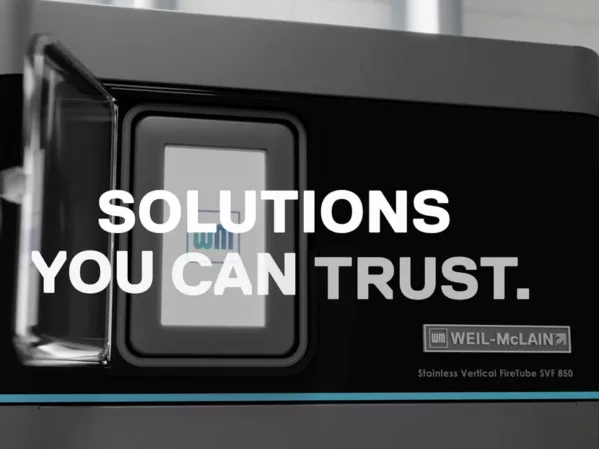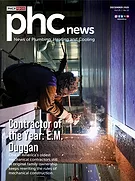While pay toilets aren’t common in the United States, 56 percent of Americans say they’d consider paying as long as they were guaranteed a clean, well-stocked public restroom. Forty-five percent would drop a quarter, 29 percent would part with up to 50 cents, and 6 percent would pay $1.
The findings are from a restroom and hand washing survey conducted annually by Bradley Corporation, a manufacturer of commercial plumbing fixtures and washroom accessories.
The study also found that nearly one-third of Midwesterners say they definitely would not pay to use a premium public toilet, and 47 percent of Americans didn’t know that in some countries pay toilets are a common practice.
According to the Wall Street Journal, in 1974 there were more than 50,000 pay toilets. That changed due to the efforts of the Committee to End Pay Toilets in America. In just six years, the small group convinced a dozen states to ban pay toilets and by 1980 they were almost entirely gone from the American landscape.
When asked what improvements they’d like to see, the top requests were: keep restrooms cleaner and ensure they’re adequately stocked with toilet paper, paper towels and soap.
“Our survey found that a bad restroom speaks volumes to customers,” says Jon Dommisse, director of strategy and corporate development for Bradley Corp. “Forty-seven percent say an unclean restroom shows the company doesn’t care about its customers and 46 percent feel it’s a sign of poor management. On the flip side, we found that almost half of Americans will ‘definitely’ or ‘probably’ spend more money at a business that has clean, well-maintained restrooms.”
For the past nine years, Bradley Corp. has conducted its annual Healthy Hand Washing Survey. This year, the survey queried 1,035 American adults online. Participants were from around the country, were 18 years and older, and were fairly evenly split between men and women (49 and 51 percent).
Visit www.bradleycorp.com.





